
Top 10 Succulents & Cacti For Easy Indoor Gardening
Has your Facebook or Instagram feed recently been flooded with gorgeous indoor spaces decorated with greenery and flowers? If you say yes, then be ready to embark on the enjoyable pursuit of indoor gardening! Studies and research have shown that having plants around has many advantages and benefits.
We've already discussed it in detail here!
Gardening is a wonderful activity that may easily get us hooked by nurturing the plants and nature around us. Anyone can start this calming and rewarding hobby with only a few dos and don'ts. But with so many plants to choose from, this can quickly become a stressful and time-consuming activity. That's why we say that succulents will be your ideal choice to get you started with indoor gardening quickly and easily. Succulents are easy, no-fuss plants that require very little attention and work well with indoor lighting and conditions. These miniature plants will add a perk to your space by keeping it vibrant, lively, and fresh.
Now, let us quickly jump into the ten best succulents and cacti for you to get started with indoor gardening.
Burro's Tail

Hailing from Mexico and Honduras, the sedum burrito, or burro's tail, is an amazing succulent to start your indoor gardening with. This unusual succulent has lovely chunky, teardrop-shaped leaves that may be green or blue, grow long, and cascade from a hanging pot or basket, making your setting look extra spicy. A donkey's tail thrives in carelessness, and they do prefer to soak up in the bright sunlight and would appreciate a south-west-facing window in your house or apartment.
Watering needs for this succulent are simple and usually the same as for other succulents. Less is more for the burro's tail, so allowing the soil to dry out before watering would result in the healthy growth of this succulent. As for beginners, when in doubt, it's better to underwater these plants than to over-water, which causes many errors like fungal infection and soggy roots.
(Before watering, dip your fingers in the soil for about 2 inches to check the soil moisture. If your finger comes out dry, it's your cue to give them some water.)
Handle with caution; even a light touch could cause the plant's gorgeous leaves to fall off while repotting. Once you've succeeded in repotting this succulent, you can let it grow into whatever shape it pleases without repotting it often. Mature sedum burritos grow slowly and steadily; with proper care, they can grow as tall as 4 feet long.
Propagation is done easily with the leaves or stem cuttings. Bury the leaves near the mother plant. Once the baby plants grow, you can shift them to another pot and let them thrive on their own.
Place your donkey's tail in well-drained, sandy soil in a good drainage pot or container. Sedum burritos are prone to having soggy roots, and these would cry if you left them with wet feet. Therefore, a well-draining container is the first thing you should worry about.
Overall, a burro's tail should be your first choice in succulents if you're planning to start your collection for indoor gardening. This plant, which is low-maintenance and quite tolerant, would add warmth and beauty to your space as a truly magnificent specimen!
Crown of Thorns

The Euphorbia milii shrub is so named because it was brought to France by Baron Milius in 1821. It is a rare succulent with a long and interesting past, and its dense, green foliage only adds to the succulent's exotic appearance. If properly cared for, you can enjoy these lovely crimson and blood orange blossoms from your crown of thorns all year. The prickly succulent known as Euphorbia splendens is also known as the Christ Plant, the Christ Thorn, and the Crown of Thorns.
A word of caution: this succulent has sharp spines that can easily puncture the skin. You might feel like royalty just by looking at this magnificent specimen, which is why it would be a great addition to your collection.
The crown of thorns enjoys sunny trips. If you put them in a southwest-facing window, they will reward you with continuous blooms all year. This plant does best in full sunlight.
When it is time to water, make sure that the soil is fully dry and dehydrated before showering them gracefully. Soggy roots are the enemy of this succulent, so drain the pool as soon as it collects the remaining water. Although it's a quite forgiving plant in case of watering, this plant prefers well-drained, chalky, or loamy soil to house in. Well-aerated soil will help them grow better even in the winter when they go semi-dormant and need very little water and food.
Diluting fertilizer with water and giving it a shower, as usual, is a great way to use fertilizers from spring through fall. You should probably keep your pets and young children away from this plant because its sap is poisonous and its bark is prickly and covered with stiff spines.
Although it is susceptible to mealybugs, scales, and mites, the crown of thorns is readily treated with isopropyl alcohol and hails all the way from Madagascar, so it's a safe and exotic shrub option for you (so long as you wear gloves). You can propagate this tropical lush by leaf cuttings in fast-drying soil and witness a majestic show of the "Crown of Thorns"
Zebra Haworthia

This well-known succulent requires little attention but provides a stunning visual feast. This beautiful succulent, Haworthia fasciata, features foliage that is both spikey and textured, making it a great addition to any indoor setting. Although it thrives in full to partial sunlight indoors, haworthia in a pot looks great when put outside for some fresh air and sunshine. They prefer sandy, loose soil and a well-draining container, and they grow at a somewhat modest rate.
This charming little succulent is great for beginners because it can be easily multiplied by clipping its leaves or stems. The unique patterns and colours of the zebra succulent leaves may brighten up any room in the house.
Fertilizer might not be necessary for the fall and winter, but it's recommended for usage in the spring and summer (just be sure to follow the instructions on the bottle). A ventilated space will do wonders for the photosynthesis of this pet-friendly plant.
Haworthia fasciata can survive for weeks without any supplemental watering. Offsets are the most practical method of disseminating this eye-opener. Houses that feature succulents like zebra plants in varied arrangements are sure to receive compliments.
Aloe Vera

Naturally, we have to include this plant on our list, and you ought to do the same. Fleshy and juicy aloe vera leaves are a beautiful addition to any setting. This succulent is native to dry climates, where it has evolved the ability to store water in its leaves.
Regular, intermittent watering is ideal for Aloe barbadensis. A minor puckering and shrivelling of the leaves is a telltale sign of under-watering. In the winter, aloes are dormant and require little water, if any; nonetheless, you should be wary about waterlogging the plant's roots.
This plant does well in slightly acidic or neutral, grittier soil and tolerates poor growing circumstances. Just make sure to plant this little one in a planter with sufficient drainage.
Mature aloe plants, in contrast to young ones, can produce flower clusters. This succulent needs a little pruning or grooming once a leaf dies or turns brown. Aloe is easily propagated by its offsets (pups) or by seeds, and it comes in many beautiful varieties. You won't have much luck killing these succulents, which is why they made our list. Though it is toxic for humans and animals alike, aloe makes a great houseplant.
Snake Plant

If you had to pick one plant from this entire list, we would say pick this one! An indestructible champion, the snake plant is a must-have in your indoor plant collection. This succulent comes in numerous varieties, shapes, and sizes and works great in low light conditions with no issues at all. Because of their resilience, snake plants can survive for weeks without being watered.
It works as a natural air freshener and enhances the oxygen around your space. These resilient species thrive in dry, well-drained soil, making spring the ideal time for repotting. Snake plants are renowned for their toughness and unique qualities, and they are absolutely gorgeous. This plant may have thicker and larger roots; therefore, a sturdy container with adequate drainage is recommended.
Commonly known as "mother-in-law's tongue," this succulent is also called Dracaena trifasciata. Although they are toxic to pets and humans, this would be a great addition to a desktop display or visual appeal with its brilliant leaves in stunning green tones.
Bunny Ear Cactus

Opuntia microdasys or bunny ears cactus has to be on our list as one of the best cacti to grow indoors. This plant is versatile, as it may be grown indoors or outdoors, and it produces beautiful, full-sized flowers in either sunny yellow or pure white.
This cactus, sometimes known as the rabbit-ear cactus, grows slowly but is extremely resilient. It can stay healthy and vibrant for much longer if it is exposed to sufficient sunshine. This cactus does best in a container with adequate drainage and a cactus or succulent mixture. Fertilizing them on a regular schedule isn't required, but it can help them flourish throughout their active growing season.
Over-watering causes root rot in bunny ear cacti, which is problematic because these plants are native to dry climates. This cactus does well in temperatures between 21 and 37 degrees Celsius, making it an excellent houseplant for Indian homes. This cactus, with its gorgeous, exotic green leaves and spines, is ideal for a sunny indoor location. Although these plants rarely experience pest problems, you should still keep a lookout for mealybugs and scales.
Hens-and-chicks

This exotic succulent, native to both Africa and Europe, has fleshy, pointy leaves arranged in a rosette shape. This low-maintenance sempervivum prefers full to partial sunlight and will reward you with new "chicks" (offsets) alongside the original (mother) rosette. This succulent is absolutely stunning to the eye and would do wonders for the aesthetic value of its environment.
Hens and chicks thrive on gritty, well-drained soil that requires neither excessive watering nor fertilizing. During the growing season, this cute little family puts on a show with beautiful pink or red blossoms. This succulent requires a good, well-drained container since its roots spread out with each offshoot.
Hens and chicks like to be left alone throughout the winter because they are nocturnal and go into a state of hibernation when the weather becomes cold. This succulent requires no trimming or shaping, so caring for them is rather easy. Yet, if they cluster together as they mature, they risk losing their recognizable rosette form. We think that hens and chicks are one of the best indoor succulents because of their popularity and ease of maintenance, and because their vibrant colours and unique shapes can instantly improve the aesthetic value of any space.
Jade Plant

Perhaps we couldn't round out our list of the finest indoor plants for beginners without including this adaptable, well-known succulent. There are more than 200 distinct species of jade plant, each with its own unique set of colours, textures, and proportions. According to Feng Shui, the South African jade plant is highly auspicious and brings prosperity to its owner.
Drought-tolerant plants, like jades, are typically utilized in mixed arrangements, placed on tables, or used to brighten up otherwise uninteresting areas of your home. Flowering jade plants generate clusters of bright nectar-rich flowers that draw in pollinators like bees and butterflies.
To meet their minimal watering needs, you need to let the soil dry out before watering. They thrive in sandy, well-drained soil, and can develop into little trees that are both exotic and very appealing. Most species in this genus are poisonous to humans and pets alike, yet they thrive in bright, indirect sunlight and would look lovely on a windowsill if given the chance to show off their red, pink, and yellow leaves.
Christmas Cactus

The Christmas cactus, also known as the holiday cactus, is an evergreen cactus that is easily recognizable by its long, glossy leaves but with no spikes. The name of this cactus is well deserved, as they flower in festive pink over the winter months. It does best in full sunlight but can grow in the dappled shade if given adequate water and food.
Holiday cacti, a resident of the tropical rainforest, need regular watering to be healthy and fresh. Although they can thrive in a wide variety of soil types, the best results will be achieved by planting them in loamy, sandy soil and allowing them to mature naturally.
This cactus is easily propagated by cuttings; just stick the cutting in some soil (or sand) and keep it cool until roots form. The next step is to relocate them to their destination spot.
If you have a sunny interior space throughout the winter, this cactus could add some cheer to your home. Only watch out for fungal infections, mealybugs, scales, aphids, and damp roots, as Christmas cactus is prone to them, and you'll have a stunning ornamental plant in your home.
Echeveria Elegans

Whether you're looking for something big or small, dark or light, you'll never run out of possibilities with echeverias because of their wide range of sizes, shapes, and colours. Low maintenance requirements make these plants simple to cultivate. The leaves of the Mexican snowball, sometimes known as the Mexican rosette, are a stunning rosette shape and can range in colour from blue to grey to green.
Beautiful yellow and pink flowers appear in the spring and summer on this sun-loving succulent. Sunlight deprivation causes these succulents to become leggy and unattractive. These succulents are not robust enough to survive the winter, but they do well in hot, dry climates.
Although this succulent does not require frequent fertilization or trimming, a simple pruning tutorial may be found on YouTube if necessary. However, mealybugs and aphids are common pests, but it's a rare case scenario. Echeveria elegans are great houseplants since they require little maintenance and offer a wide variety of interesting varieties.
And, there we made a good list of the 10 best indoor plants to help you with indoor gardening. All of these are simple enough for first-timers, useful around the house, and aesthetically pleasing enough to put anywhere!
Start making your garden with our stunning succulent collection here
_________
Succulent Plants Collection
-
Original price Rs. 169.00Original price Rs. 169.00 - Original price Rs. 169.00Original price Rs. 169.00Current price Rs. 129.00Rs. 129.00 - Rs. 129.00Current price Rs. 129.00
String of Tears (Senecio Herreianus) Small Succulent Plant
Product Name: String of Tears (Senecio Herreianus) Small Succulent Plant Product Description : Pot Size: 5.5 cm Pot Senecio herreianus also know...
View full detailsOriginal price Rs. 169.00Original price Rs. 169.00 - Original price Rs. 169.00Original price Rs. 169.00Current price Rs. 129.00Rs. 129.00 - Rs. 129.00Current price Rs. 129.00Sale -
Original price Rs. 169.00Original price Rs. 169.00 - Original price Rs. 169.00Original price Rs. 169.00Current price Rs. 129.00Rs. 129.00 - Rs. 129.00Current price Rs. 129.00
Sedeveria Green Rose Small Succulent Plant
Product Name: Sedeveria Green Rose Small Succulent Plant Product Description : Pot Size: 5.5 cm Pot Sedeveria 'Green Rose' is an intergeneric hyb...
View full detailsOriginal price Rs. 169.00Original price Rs. 169.00 - Original price Rs. 169.00Original price Rs. 169.00Current price Rs. 129.00Rs. 129.00 - Rs. 129.00Current price Rs. 129.00Sale -
Original price Rs. 299.00Original price Rs. 299.00 - Original price Rs. 299.00Original price Rs. 299.00Current price Rs. 199.00Rs. 199.00 - Rs. 199.00Current price Rs. 199.00
Crassula Tetragona (Miniature Pine Tree) Succulent Plant
Product Name: Crassula Tetragona (Miniature Pine Tree) Succulent Plant Product Description : Pot Size: 7 cm Pot Crassula tetragona is a succulent...
View full detailsOriginal price Rs. 299.00Original price Rs. 299.00 - Original price Rs. 299.00Original price Rs. 299.00Current price Rs. 199.00Rs. 199.00 - Rs. 199.00Current price Rs. 199.00Sale -
Original price Rs. 169.00Original price Rs. 169.00 - Original price Rs. 169.00Original price Rs. 169.00Current price Rs. 129.00Rs. 129.00 - Rs. 129.00Current price Rs. 129.00
Sedum 'Burrito Baby' Donkey's Tail Small Succulent Plant
Product Name: Sedum 'Burrito Baby' Donkey's Tail Small Succulent Plant Product Description : Pot Size: 5.5 cm Pot Sedum 'Burrito Baby' Donkey's T...
View full detailsOriginal price Rs. 169.00Original price Rs. 169.00 - Original price Rs. 169.00Original price Rs. 169.00Current price Rs. 129.00Rs. 129.00 - Rs. 129.00Current price Rs. 129.00Sale -
Original price Rs. 169.00Original price Rs. 169.00 - Original price Rs. 169.00Original price Rs. 169.00Current price Rs. 129.00Rs. 129.00 - Rs. 129.00Current price Rs. 129.00
Sedum Adolphii (Golden Sedum) Small Succulent Plant
Product Name: Sedum Adolphii (Golden Sedum) Small Succulent Plant Product Description : Pot Size: 5.5 cm Pot Sedum Adolphii, also known as Golden ...
View full detailsOriginal price Rs. 169.00Original price Rs. 169.00 - Original price Rs. 169.00Original price Rs. 169.00Current price Rs. 129.00Rs. 129.00 - Rs. 129.00Current price Rs. 129.00Sale

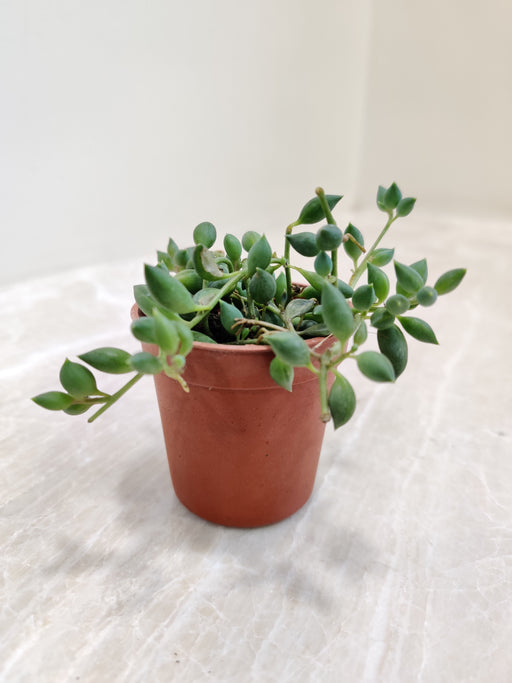
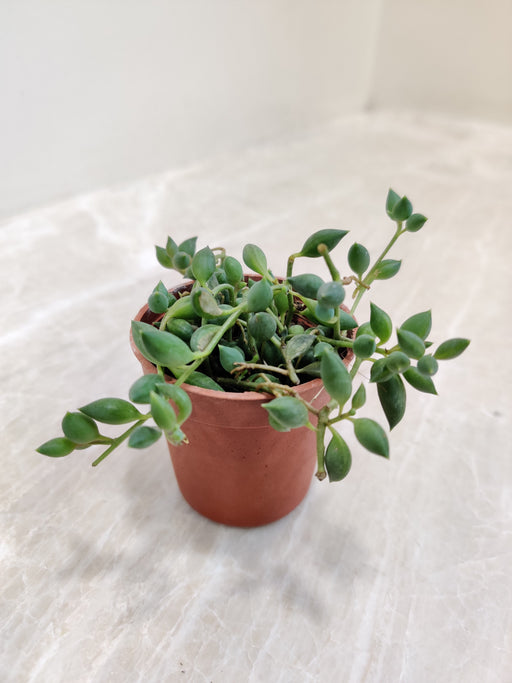
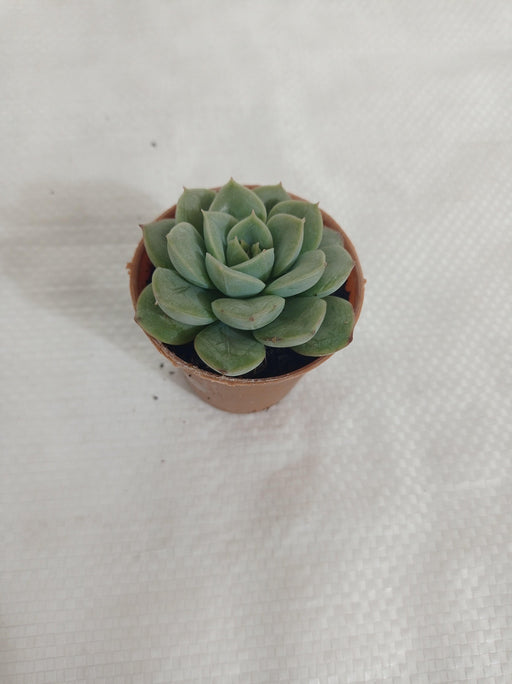
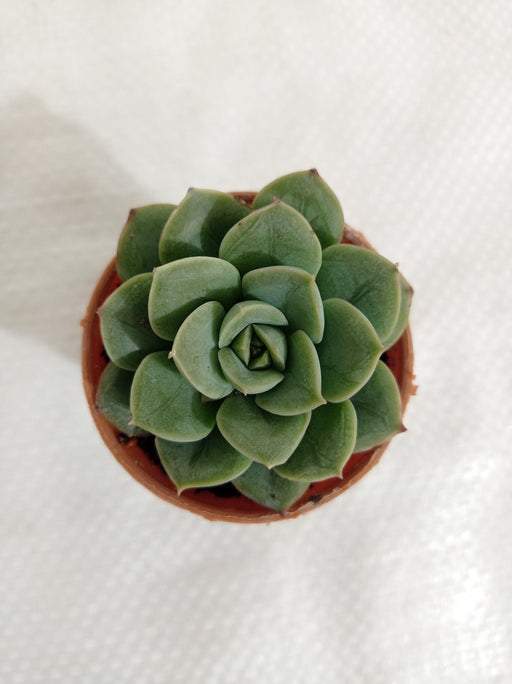
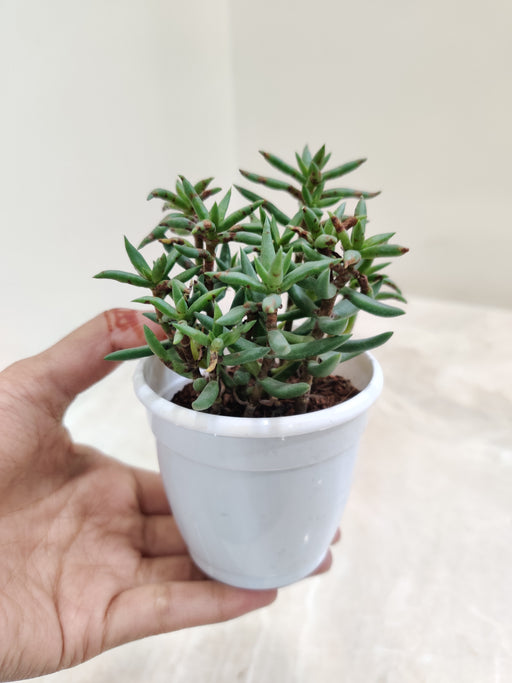
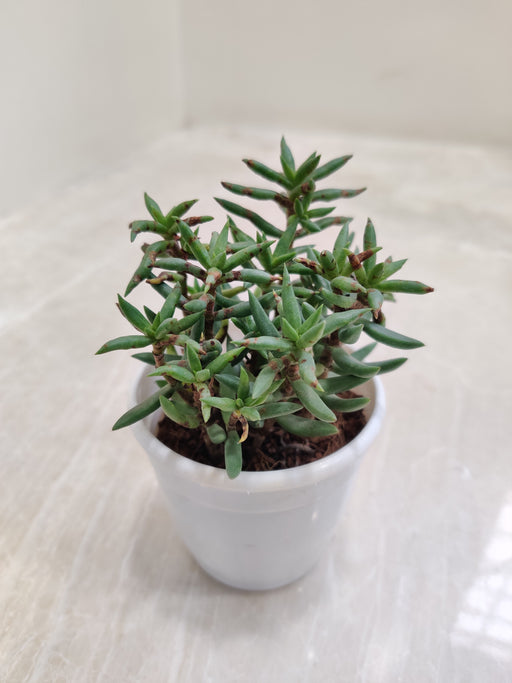
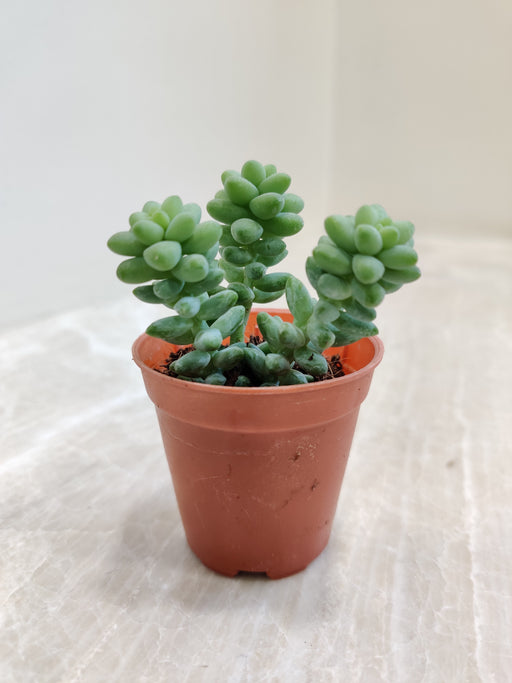
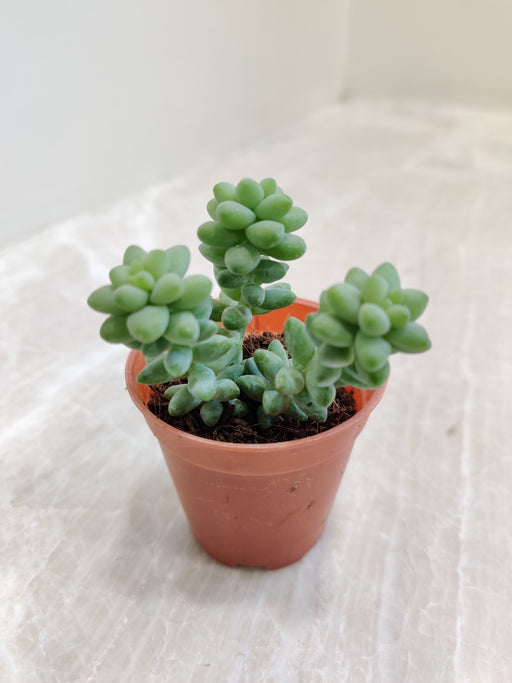


Leave a comment